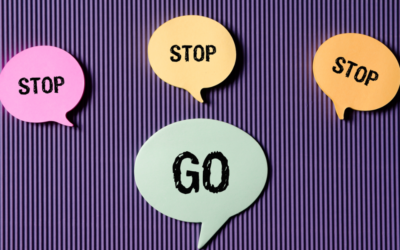As we head into the darkest and coldest time of year in the northern hemisphere, it’s not uncommon to notice a shift in mood, energy level and amount of activity in your schedule. According to the National Institute of Mental Health (NIMH), Seasonal Affective Disorder (SAD) affects 15 million adults, or 7.1% of the population in the US. Symptoms look similar to depression and can include:
- Loss of interest in previously enjoyed activities
- Low energy/sluggishness
- Difficulty concentrating
- Sleep issues
- Increase in negative thought patterns/intrusive thoughts
Whether or not they meet the diagnostic criteria, I often hear my clients talk about the late fall and winter months being a particularly challenging time. Even for the highly sensitive people and introverts amongst us, this time of year can be hard given less access to the outdoors and activities that keep us connected and grounded.
Because we live in a society that values constant productivity and action, we are not encouraged to lean into the natural rhythm of dormancy, rest and reflection that this time of year brings.
When we can begin to honor what the season is asking of us – to slow down – we can take some of the pressure off internalized expectations around constant doing and maintaining the same level of energy and activity that we may have had in the warmer, sunnier months.
Understanding that rest is an important part of our cycles and rhythms can be a good place to start.
Additional action steps you can take to make the winter months feel more manageable include:
Find Joyful Movement
I probably don’t need to list off the mental health benefits of moving your body, getting sweaty, getting your heart rate up, etc, because I’m sure you’ve heard it before. But yes, it helps, and yes, finding something that you actually like to do rather than feel like you should do, is paramount to making it sustainable.
I first heard the term “joyful movement” from a colleague that worked from a Health at Every Size (HAES) approach, and have been using it in lieu of “exercise” ever since. Essentially, it’s about finding ways of moving your body that feel nourishing, invigorating, energizing and just plain feels good. This could be going for a winter hike, walk or light jog, tuning into your favorite youtube yoga channel (may I recommend Yoga with Adriene), or turning up your favorite song and dancing like no one’s watching.

Let there be Light
It’s true that we need a certain amount of light to survive and thrive. Vitamin D is actually linked to helping regulate mood and decreasing depression, and feeling the sunshine on your face is just so lovely. It’s also true that light is hard to come by when it gets dark at 4pm. So what is a light-deprived person supposed to do?
You might want to consider adjusting your schedule so you can get outside for at least 10 minutes each day when the sun is out (don’t worry if it’s cloudy – you can still get the benefits), perhaps in the morning or on your lunch break. Another option is to invest in a “light therapy” light such as the Verilux Happy Light (I’ve personally used this and have found it helpful, as have several of my clients).
Get cozy
If you have to spend more time indoors, you might as well make it feel as warm and welcoming as possible. This doesn’t have to mean a whole home makeover. Simple adjustments, like lighting a favorite scented candle, or investing in a weighted blanket to help you feel grounded and secure, are simple changes you can make to bring more coziness into your every day.
Take a cue from the natural world and lean into the extra time for rest that this season calls for. This doesn’t have to be passive – rest can look like journaling, gentle movement, deeply listening to a favorite song, or picking up a hobby that lights you up.
Stay connected
Similar to moving our bodies, staying connected to our support systems is vital for mental well-being. Folks often feel less motivation toward being social during the cold and dark months, but staying in touch doesn’t mean having to be the life of the party. A simple phone call or walk with a friend can do wonders to boost mood.
If you continue to feel more down than usual or are having trouble feeling connected to others, it might be time to seek professional guidance. Talking it out with a therapist in Philadelphia can help you get to the root of what may be causing the feelings, thoughts and behaviors you’re struggling with.




0 Comments